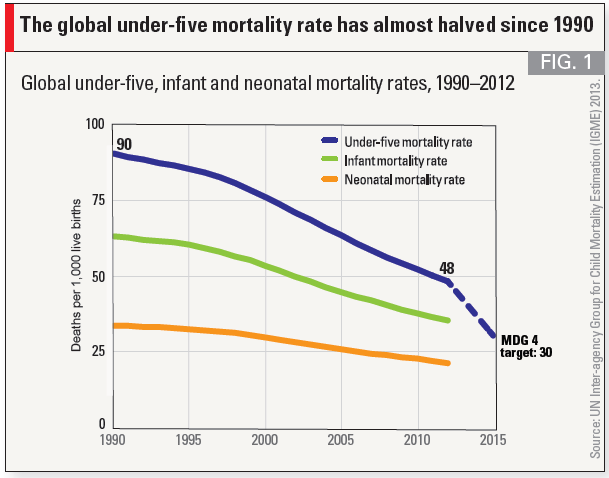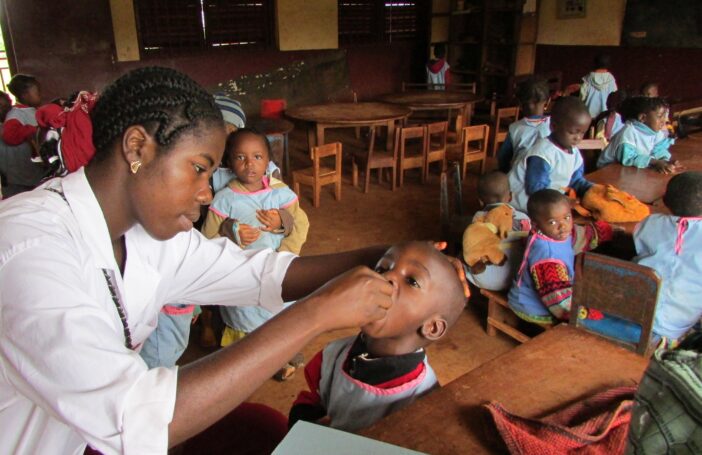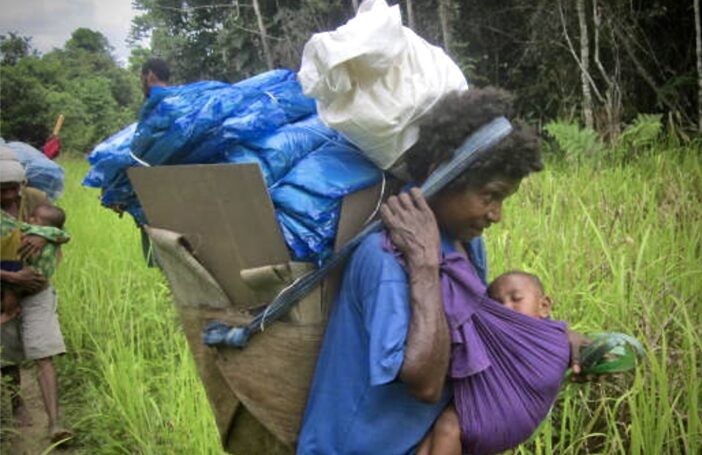In 2012, approximately 6.6 million children worldwide – 18,000 children per day – died before reaching their fifth birthday. Intolerable—but roughly half the number of under-fives who died in 1990 according to a report released today by UNICEF.
Committing to Child Survival: A Promise Renewed champions a global effort to stop children from dying from easily preventable causes like pneumonia, diarrhoea and measles. It finds that more than 90 million children’s lives have been saved in the past 22 years with the assistance of international aid.
The global average annual rate of reduction in under-five mortality was 1.2 per cent between 1990 and 1995. In the period from 2005 to 2012, it accelerated markedly to 3.9 per cent. However, as the figure below shows, it needs to go further still in order to reach the MDG 4 target of reducing under-five mortality by two-thirds between 1990 and 2015.
Bangladesh is among the success stories, with under-five mortality falling 72 per cent from 1990 to 2012. Timor-Leste is also among the high achievers, reducing child mortality by 67 per cent between 1990 and 2012.
UNICEF Australia is calling on the newly elected Australian Government to contribute with ‘renewed urgency’ to efforts to reduce preventable child deaths. At the same time, its Chief Executive, Norman Gillespie, has said the Coalition’s aid cuts constitute a threat to further progress.






I thought the same when I looked at the graph but want to extend Joel’s suggested approach to preventing neonatal deaths. As well as focusing action at the potential time of death, reducing neonatal death extends backwards from birth and the first month of life (or even the first week, when 3/4 of neonatal deaths occur). Prevention is also about providing contraceptive services to women who do not want to get pregnant, or who will experience high health risks if she does get pregnant: a pregnant woman’s health has an impact on the health of her foetus and newborn. Antenatal care is vital, for the same reasons. Finally, quality of care is important – some studies show high neonatal deaths in hospital settings so being in a health care facility is not enough: the care needs to be of an acceptable quality to prevent deaths. Definitely challenging but definitely possible.
Hi Ashlee,
As you state, we are making good progress in reducing overall child mortality. But what is really important about these trends is how little progress we are making in reducing neonatal mortality (first 28 days of life). The lines for child (under 5) and infant (under 1) are relatively steep compared to neonatal. Not surprisingly, neonatal care is really challenging as you have to get to the child and the mother (often in the home) right after birth (most neonatal death is in first week of life). So this is about outreach work, community health workers and also getting women to give birth in health facilities. Neonatal health is the opposite of low-hanging fruit. It’s the fruit at the very top of the tree that is hardest to get to. But we need to get some taller ladders (not to take the metaphor too far…).
Joel